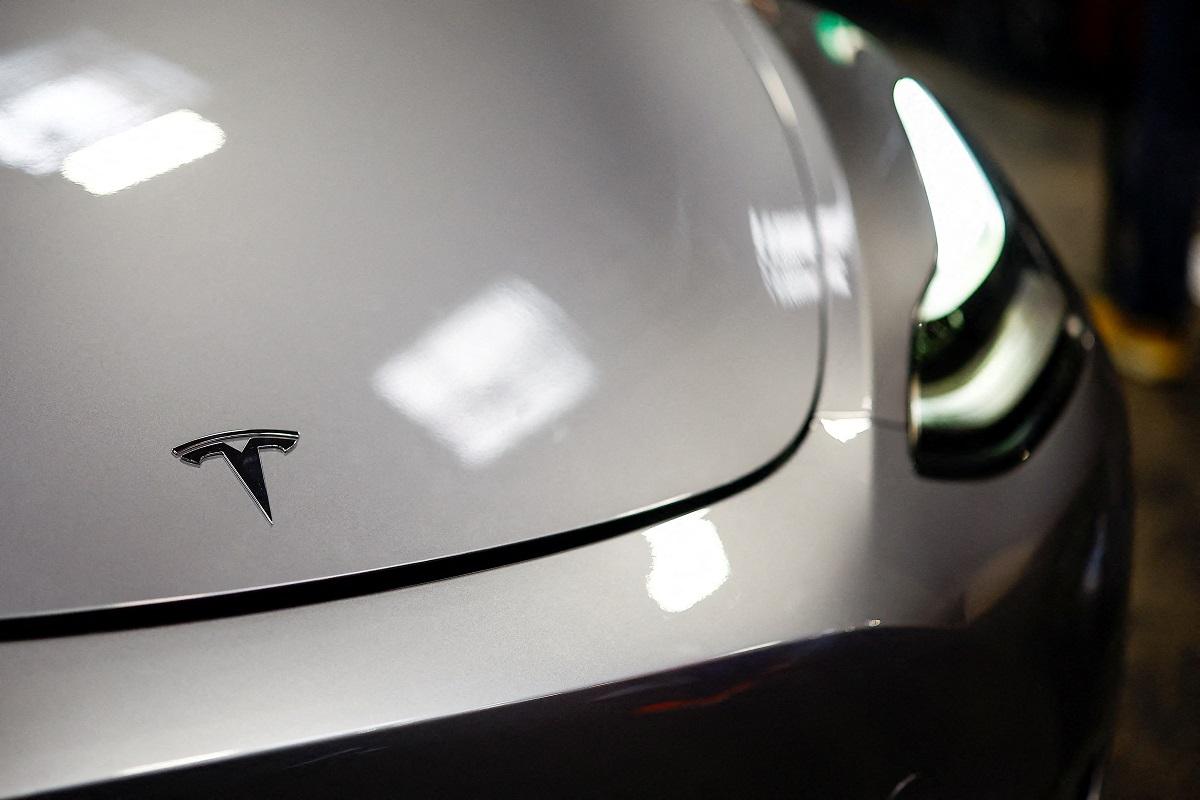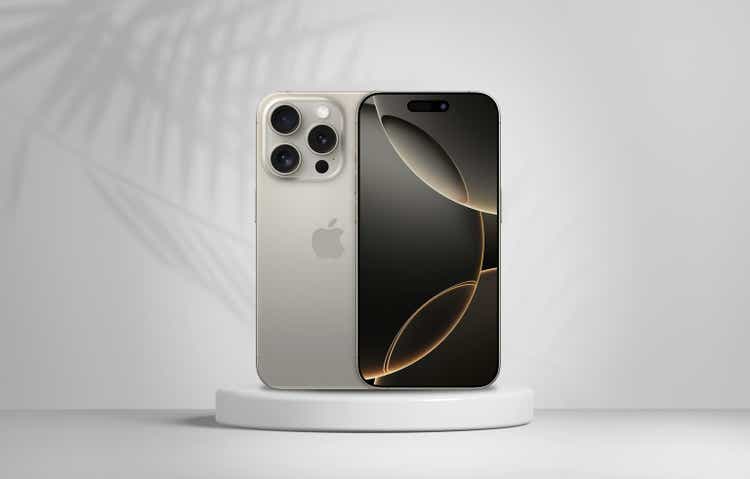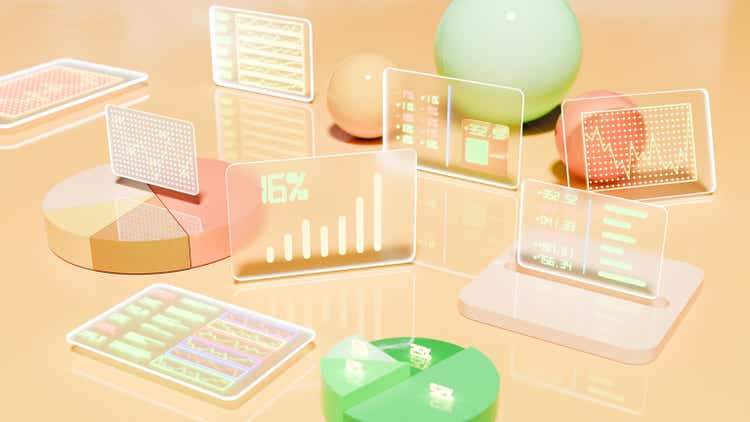While most commentary focuses on the aesthetics of Ghibli AI, the economic disruption reveals a more complex story. Since February 2025, when the trend exploded, professional illustrators specializing in anime-inspired commissions have reported a 47% decline in bookings according to the Digital Artists Guild. This represents not just a shift in who creates art, but a fundamental restructuring of the $4.
2 billion global fan art marketplace. Beyond Surface-Level Mimicry The Ghibli AI phenomenon, sparked by Grant Slatton's viral family portrait that garnered 18.7 million views in 48 hours, goes deeper than simple style replication.

What distinguishes this trend is its precision in capturing specific Ghibli elements—the characteristic "Miyazaki skies" with their impossible cloud formations, the 3:2 aspect ratio favored in films like "Spirited Away," and the studio's distinctive color palette with its signature #E6D2AC cream tone. Current algorithms don't just approximate Ghibli's style—they replicate specific artistic decisions previously thought to require human sensibility. The Natural Light Index (NLI), a metric measuring how accurately AI captures Ghibli's distinctive lighting techniques, has reached 94.
3% fidelity, nearly indistinguishable from the original. The Copyright Paradox The legal landscape reveals unexpected complexities. While most coverage mentions vague "copyright concerns," specific precedents like the 2023 Fujiko Pro v.
MidJourney case established that animation studios can't copyright general stylistic elements but can protect specific character designs. This created what intellectual property attorney Naomi Chen calls "the style loophole"—AI companies can legally train on an artist's entire body of work as long as specific characters aren't reproduced. Studio Ghibli finds itself in a particularly vulnerable position , having previously declined to digitize its film archive until 2020, inadvertently limiting its digital footprint while competitors secured their IP in the AI training space.
The Cultural Invasion Effect What few analysts have noted is the asymmetrical power dynamic underlying this trend. Studio Ghibli, being deeply rooted in Japanese tradition from Shinto symbolisms to artistic elements drawn from ukiyo-e paintings, saw this aesthetic recontextualized through majorly computer-driven Western ways. The five most popular kinds of Ghibli AI prompts, being "my wedding," "my pet," "my hometown," "my family vacation," and "my graduation," exposed a striking pattern, which involves grafting the Western life milestones onto an aesthetic nurtured on drastically different cultural values.
The Attention Economy Breathtakingly high engagement stats, OpenAI's Ghibli feature generates 700 million images in its first month. Highlights an amazing discovery: attention is primary currency in the digital economy. A comparative analysis of currently trending content over major platforms indicates that Ghibli AI posts consistently averaged thousands of times more engagement than standard AI art and traditional fan art in identical contexts.
This attention arbitrage signifies a fundamental shift in how cultural artifacts derive and maintain their value. Ghibli Color Theory If one moves away from the polar views, one finds there is a unique yet sophisticated Ghibli color theory , which uses desaturated pastels 35% less saturated than the Western animation norm. The studio uses one or two explosive color accents to serve the "emotional depth mapping.
" Where color temperature supersedes color contrast, cooler tones recede while warmer tones advance. Hence, AI's ability to replicate these sophisticated color relationships suggests comprehension extending beyond surface mimicry to the underlying principles of visual harmony, a hallmark of any Ghibli movie. The Archaeological Perspective The strongest argument equates AI art to a mode of "archaeology of culture and not of theft.
" The systems dig up patterns from the Ghibli historical works, such as how the clouds build vertically, or how the fabric moves by certain drifts of the wind, or the characteristically still moments of contemplation: all of them trace elements to say, much better pattern recognition within thousands of artistic decisions. This suggests that AI art will no longer be measured by what it generates itself but by what it excavates within human creativity: moments invisible to conscious analysis, showing us precisely what elements define the studio's unique visual language. The Authentic Inauthenticity As Ghibli AI evolves from novelty to normality, its significance may lie in forcing us to reconsider authenticity itself.
When algorithms can reproduce the surface characteristics with which we once used to identify "authentic" human creation. We are forced to seek the actual reasons for distinguishing them beyond mere technical execution. Fan art's future lies less in the AI/no AI side of the argument and more in how AI serves an authentic human bond with the works they love.
Through such an understanding, the Ghibli AI phenomenon isn't the end of fan art—it's fan art's existential awakening..















